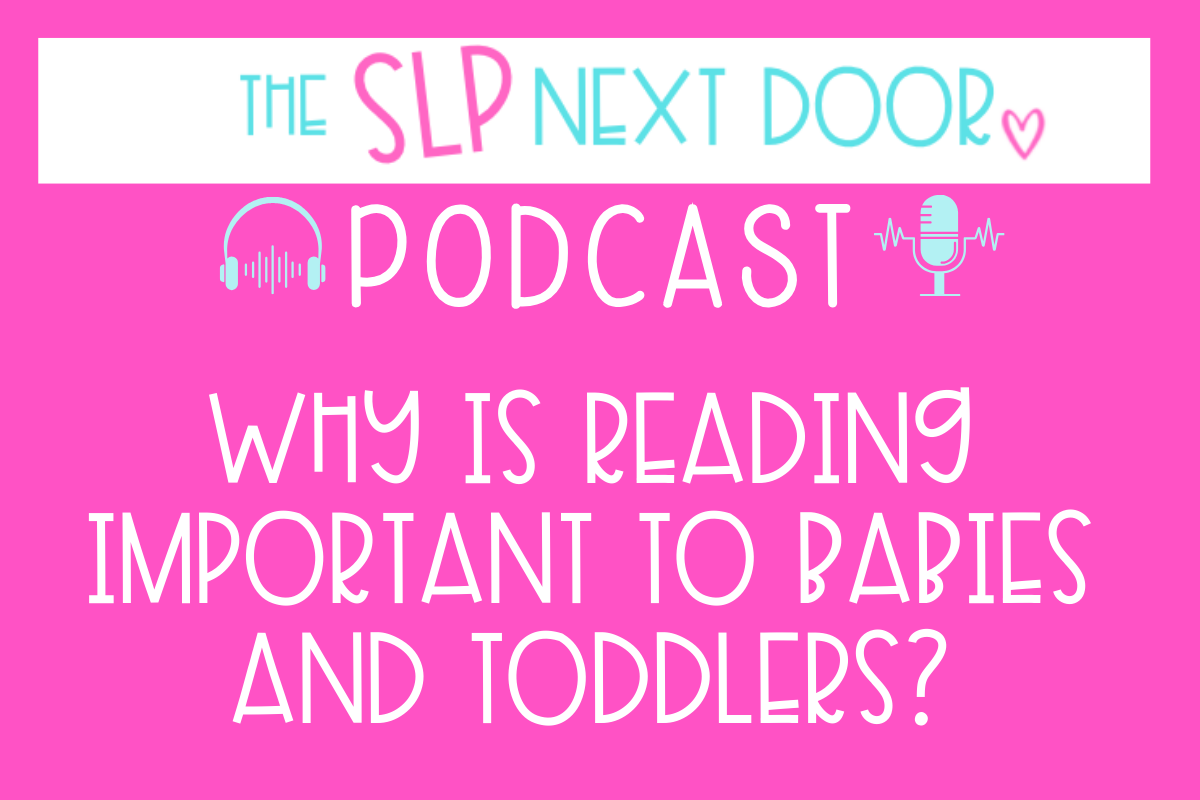Story reading aloud is a research-based strategy that encourages children’s language and literacy development (beginning from infancy). Reading aloud encourages early language skills and early cognitive development. A study by the American Academy of Pediatrics 2017 found that the quality and quantity of reading aloud during infancy and toddlerhood can help predict a child’s vocabulary, future reading abilities, and even writing skills (aka- early literacy).
Story Reading Aloud
What is story reading aloud? Story reading aloud is a research-based strategy that helps begin the development of early literacy skills increases vocabulary development and improves cognitive skills. Engaging toddlers in story reading aloud is one of the most important foundations of later reading success.
By the way, if you have a baby or toddler who has a preferred book (or one they want to read repeatedly), that’s normal. There are so many layers to reading and its impact on development that even if you’re reading the same book repeatedly, you can still encourage a ton of skills.
Early Literacy Development
We often think of school-age when it comes to literacy development…but did you know that literacy skills begin in infancy? Exposing infants and toddlers to activities involving reading and books will significantly impact their later language and literacy development.
Literacy skills for babies and toddlers are pretty simple – babies will pat, reach, or chew on books as they explore their environment. They may also babble while looking through books or engaging in shared reading activities. Toddlers will also identify vocabulary they are familiar with (objects, verbs, prepositions) and begin to answer and may even ask questions. Toddlers (and even sometimes babies) recognize familiar or preferred books and “read” them aloud.
Interactive Reading & Shared Storybook Reading
What is interactive reading? Interactive reading is commonly referenced in the classroom as a group situation in which the teacher introduces a story, reads the story aloud, and provides opportunities for students to respond and interact with one another while building language and comprehension skills. However, the more I looked into this topic, the more I found that you can do this with your toddlers. It might look slightly different and be referred to as shared storybook reading.
Shared storybook reading occurs when adults read with children and encourage active engagement with the children. During shared storybook reading, adults typically point out illustrations, engage in discussions, draw connections between the story and life, and scaffold the experience to support the child’s language development, emergent reading skills, and comprehension.
If you would like to read more about early literacy development in babies and toddlers, check out this blog post!



